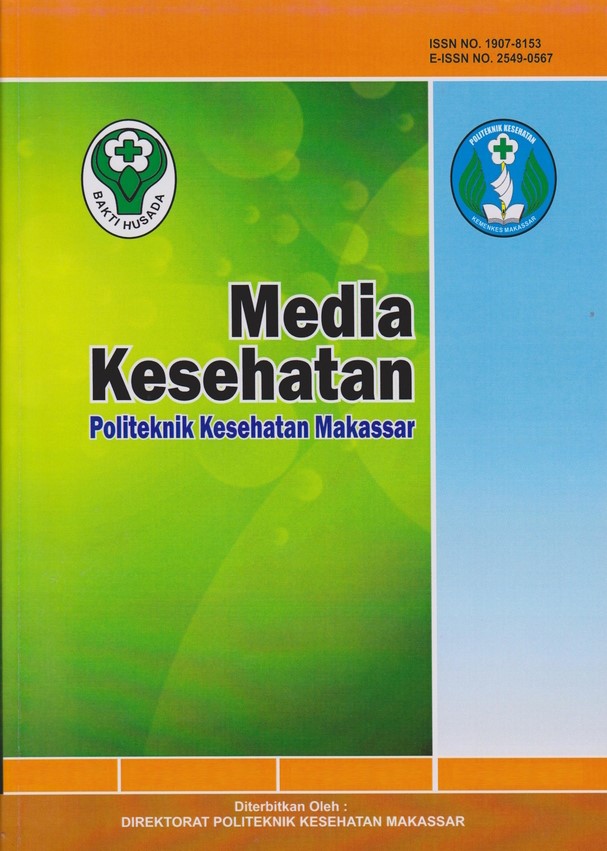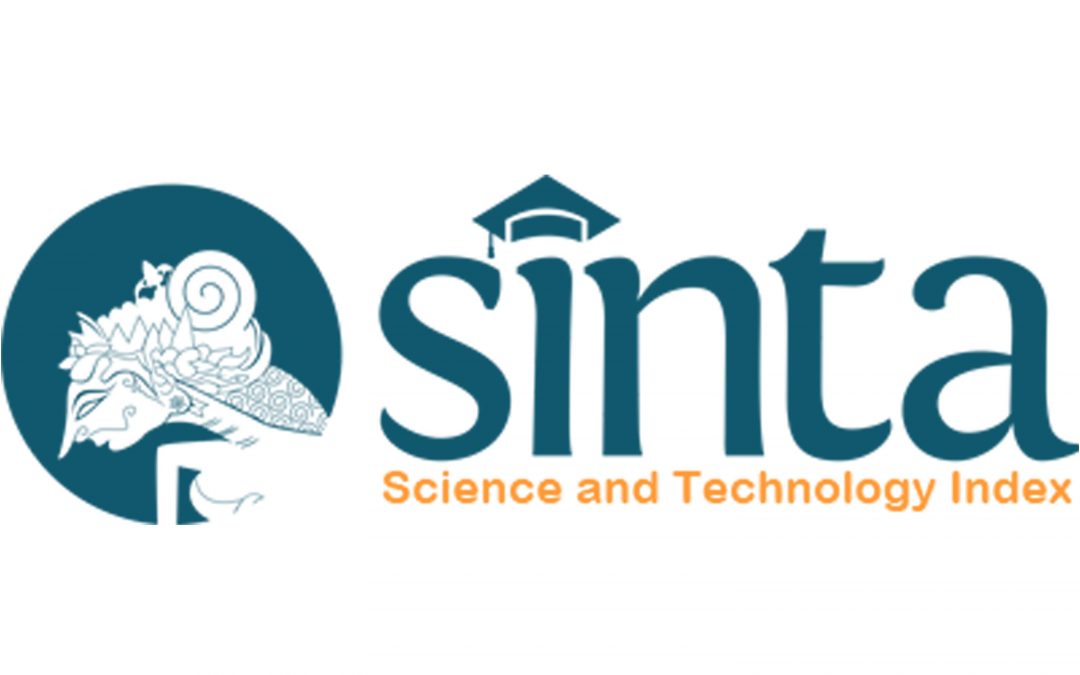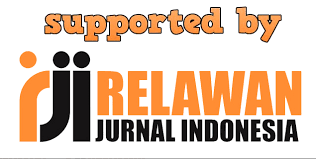Efektifitas Edukasi Model Kartu Pintar Deteksi Dini Risiko Preeklamsia (DEDI RAISA) Terhadap Peningkatan Pengetahuan Ibu Hamil
DOI:
https://doi.org/10.32382/medkes.v18i2.322Keywords:
Keywords: Dedi Raisa, Education, Pregnant women, Smart Card, PreeclampsiaAbstract
Early detection plays a role in reducing maternal mortality and is very important. Morbidity and mortality of pregnant women can be prevented if pregnant women themselves are able to recognize the danger signs of pregnancy such as preeclampsia and try to seek help in health facilities, appropriate actions can prevent pregnant women from causing maternal death.
This study aims to determine the effectiveness of the smart card education model of early detection of preeclampsia risk (dedi raisa) on increasing the knowledge of pregnant women. This study used a "quasi-experiment" design with a "Pretest-Posttest Control Group Design" approach. This study involved 90 pregnant women who checked their pregnancy at Kassi - Kassi Health Center and Bara - Baraya Health Center Makassar from August to October 2023. Samples were selected through purposive sampling technique. Statistical analysis used in this study is the Wilcoxon test.
Based on the results of the Wilcoxon statistical test, the p value = 0.000 indicates that education using the smart card model is effective in increasing the knowledge of pregnant women regarding early detection of preeclampsia risk. From the pre-test results, most of the pregnant women respondents did not know well about early detection of preeclampsia that could occur in pregnant women. This shows that information about preeclampsia and how to do early detection, has not been widely understood by pregnant women in the Kassi - Kassi health center area and the Bara - Baraya Makassar health center, after providing education with the Dedi Raisa Smart Card method and conducting a post test, there was an increase in the knowledge of pregnant women related to early detection of preeclampsia.
References
Adiputra, I.M.S. et al. (2021) ‘Metodologi Penelitian Kesehatan’.
Antoniou, A. et al. (2020) ‘Investigation of the Effects of Obesity on Pregnant Women: A Systematic Review.’, International Journal of Caring Sciences, 13(3), pp. 1699–1710. Available at: http://proxydsu.unison.mx.
Azinar, M. et al. (2018) ‘Precede-Procede Analysis of Prenatal Class Plus Model in the Optimization Education of High Risk Pregnancy’, Jurnal Kesehatan Masyarakat, 14(1), pp. 10–19. Available at:https://doi.org/10.15294/kemas.v14i1.11532.
Azza, A. (2019) ‘Roll Over Test Sebagai Prediksi Pre Eklamsi Pada Ibu Hamil’, (January 2019), pp. 235–241. Available at:https://doi.org/10.32528/psn.v0i0.1751
Bellamy, L. et al. (2007) ‘Pre-eclampsia and risk of cardiovascular disease and cancer in later life: Systematic review and meta-analysis’, British Medical Journal, 335(7627), pp. 974–977. Available at: https://doi.org/10.1136/bmj.39335.385301.BE.
Dasuki, M.M.M. (2021) ‘Analisis Faktor Yang Mempengaruhi Deteksi Dini Dalam Pencegahan Preeklampsia’, Naskah Publikasi Stikes Ngudia Husada Madura [Preprint]. Available at: http://repository.stikesnhm.ac.id/id/eprint/1009/.
Fadilah, D.R. and Devy, S.R. (2018) ‘Antenatal Care Visits and Early Detection of Pre-eclampsia among Pregnant Women’, International Journal of Public Health Science (IJPHS), 7(4), p. 248. Available at: https://doi.org/10.11591/ijphs.v7i4.14769.
Fox, R. et al. (2019) ‘Preeclampsia: Risk factors, diagnosis, management, and the cardiovascular impact on the offspring’, Journal of Clinical Medicine, 8(10), pp. 1–22. Available at: https://doi.org/10.3390/jcm8101625.
Frawley, N., East, C. and Brennecke, S. (2020) ‘Women’s experiences of preeclampsia: a prospective survey of preeclamptic women at a single tertiary centre’, Journal of Obstetrics and Gynaecology, 40(1), pp. 65–69. Available at: https://doi.org/10.1080/01443615.2019.1615040.
Hamsir, F. et al. (2022) ‘Macro- and Micronutrient of Junk Food and Preeclampsia on Pregnant Women’, Open Access Macedonian Journal of Medical Sciences, 10(E), pp. 1–6. Available at: https://doi.org/10.3889/oamjms.2022.9949.
Harris, J.M. et al. (2014) ‘The psychological impact of providing women with risk information for pre-eclampsia: A qualitative study’, Midwifery, 30(12), pp. 1187–1195. Available at: https://doi.org/10.1016/j.midw.2014.04.006.
Hutcheon, J.A. et al. (2018) ‘Pregnancy weight gain before diagnosis and risk of preeclampsia a population-based cohort study in nulliparous women’, Hypertension, 72(2), pp. 433–441. Available at: https://doi.org/10.1161/HYPERTENSIONAHA.118.10999.
Irawati, D., Wayanti, S. and Madinah, A. (2023) ‘Assistance for Pregnant Women and Families in Early Detection of Preeclampsia ( PE ) and Early Referral Planning as an Effort to Prevent Complications’, pp. 2827–2830.
Ita Eko Suparni, Fitri Yuniarti. (2021). Pendampingan Ibu Hamil Risiko Tinggi Melalui Konseling Di Masa Pandemi COVID-19. Prosiding Seminar Hasil Penelitian dan Pengabdian Kepada Masyarakat Stikes Karya Husada Kediri.; ISBN 978-623-94072-2-3.
Karlina, N.K.D. et al. (2020) ‘Tingkat pengetahuan ibu hamil tentang preeklamsia di Puskesmas II Denpasar Selatan’, Jurnal medika udayana, 9(8), pp. 4–6.
Kehler, S. et al. (2016) ‘Experience of Preeclampsia and Bed Rest: Mental Health Implications’, Issues in Mental Health Nursing, 37(9), pp. 674–681. Available at: https://doi.org/10.1080/01612840.2016.1189635.
Keman, K. et al. (2014) Patomekanisme Preeklampsia Terkini: Mengungkapkan Teori-Teori Terbaru tentang Patomekanisme Preeklampsia Dilengkapi dengan Deskripsi Biomolekuler. Universitas Brawijaya Press. Available at: https://books.google.co.id/books?id=EqJQDwAAQBAJ.
Kemenkes RI (2022) Profil Kesehatan Indonesia 2021, Pusdatin.Kemenkes.Go.Id.
Kementrian Kesehatan Republik Indonesia (2022) Buku Kesehatan Ibu dan Anak, Kementrian kesehatan RI.
Khadijah, S. and . A. (2018) ‘Upaya Deteksi Dini Resiko Tinggi Kehamilan Ditentukan Oleh Pengetahuan Dan Dukungan Tenaga Kesehatan’, Jurnal Sehat Mandiri, 13(1), pp. 27–34. Available at: https://doi.org/10.33761/jsm.v13i1.2.
Lontaan, A. and Wenas, Ripca AprisiliaKorah, B. (2014) ‘-Pengaruh-Promosi-Kesehatan-Tentang-Tanda’, Jurnal Bidan Ilmiah, 2(2), pp. 1–5.
Marin, I. et al. (2019) ‘Early detection of preeclampsia based on a machine learning approach’, 2019 7th E-Health and Bioengineering Conference, EHB 2019, pp. 23–26. Available at: https://doi.org/10.1109/EHB47216.2019.8970025.
Ouasmani, F. et al. (2018) ‘Knowledge of hypertensive disorders in pregnancy of Moroccan women’, BMC Pregnancy and Childbirth, 18(1), pp. 1–11.
POGI (2016) ‘PNPK Diagnosis dan Tatalaksana Preeklampsia’, pp. 1–48.
PPSDMK, P.B. (2018) Kurikulum Pelatihan Bagi Pelatih Kader Kesehatan. Available at: http://202.70.136.161:8107/440/2/kurikulum_190924071425b921217a6ae2f59e0a994420376e2cba.pdf.
Rospia, E.D., Astuti, A.W. and Mawarti, R. (2020) ‘Support, Access and Antenatal Care to Women with a history of Preeclampsia in Pregnancy’, Jurnal Kesehatan, 11(2), p. 86. Available at: https://doi.org/10.35730/jk.v11i2.528.
Salan, Y.D.C. (2017) ‘Biomarker Terkini Dalam Usaha Memprediksi Preeklampsia’, Berkala Kedokteran, 13(1), p. 119. Available at: https://doi.org/10.20527/jbk.v13i1.3448.
Sarlis, N. (2018) ‘Hubungan Pola Makan Dengan Risiko Hipertensi Dalam Kehamilan Pada Ibu Hamil Trimester Iii Di Puskesmas Rejo Sari Pekan Baru Tahun 2017’, Ensiklopedia of Journal, 1(1), pp. 107–111.
Savitri, A.I. et al. (2016) ‘Does pre-pregnancy BMI determine blood pressure during pregnancy? A prospective cohort study’, BMJ Open, 6(8), pp. 1–8. Available at: https://doi.org/10.1136/BMJOPEN-2016-011626.
Septiani, P.E. (2019) ‘Jurnal Pengabdian Masyarakat’, Dinamisia : Jurnal Pengabdian Kepada Masyarakat, 3(1), pp. 105–111. Available at: https://doi.org/10.31849/dinamisia.v3i1.2729.
Shaheen, A. et al. (2017) ‘Maternal serum visfatin level in pre-eclampsia and late pregnancy and its effects on biochemical parameters’, Journal of Medical Sciences (Peshawar), 25(2), pp. 246–251.
Van Den Heuvel, J.F.M. et al. (2020) ‘Home-based telemonitoring versus hospital admission in high risk pregnancies: A qualitative study on women’s experiences’, BMC Pregnancy and Childbirth, 20(1), pp. 1–9. Available at: https://doi.org/10.1186/s12884-020-2779-4.
Wotherspoon, A.C. et al. (2017) ‘Exploring knowledge of pre-eclampsia and views on a potential screening test in women with type 1 diabetes’, Midwifery, 50, pp. 99–105. Available at: https://doi.org/10.1016/j.midw.2017.03.019.
Zainiyah, Z., Susanti, E. and Setiawati, I. (2021) ‘Deteksi Dini Preeklamsia pada Ibu Hamil Dengan IMT, ROT, dan MAP’, GEMASSIKA : Jurnal Pengabdian Kepada Masyarakat, 5(1), p. 22
Downloads
Published
How to Cite
Issue
Section
PDF (Bahasa Indonesia) downloaded: 538















